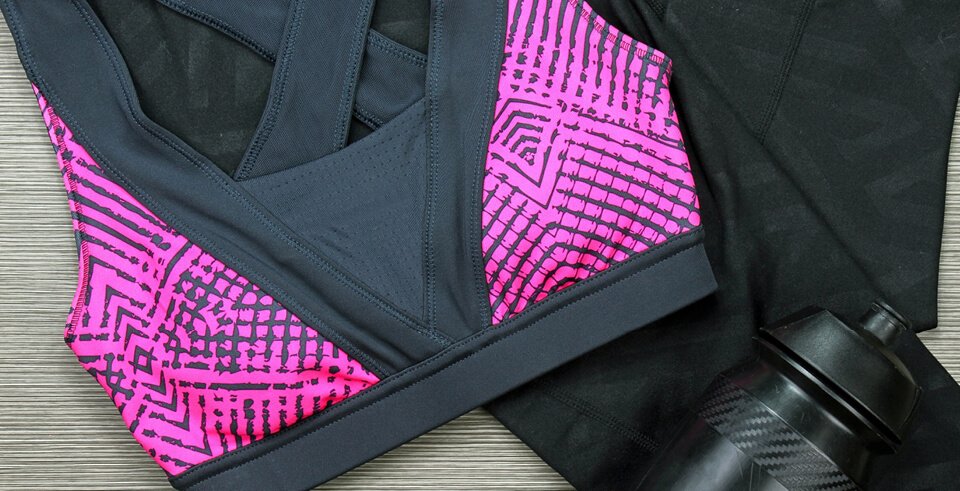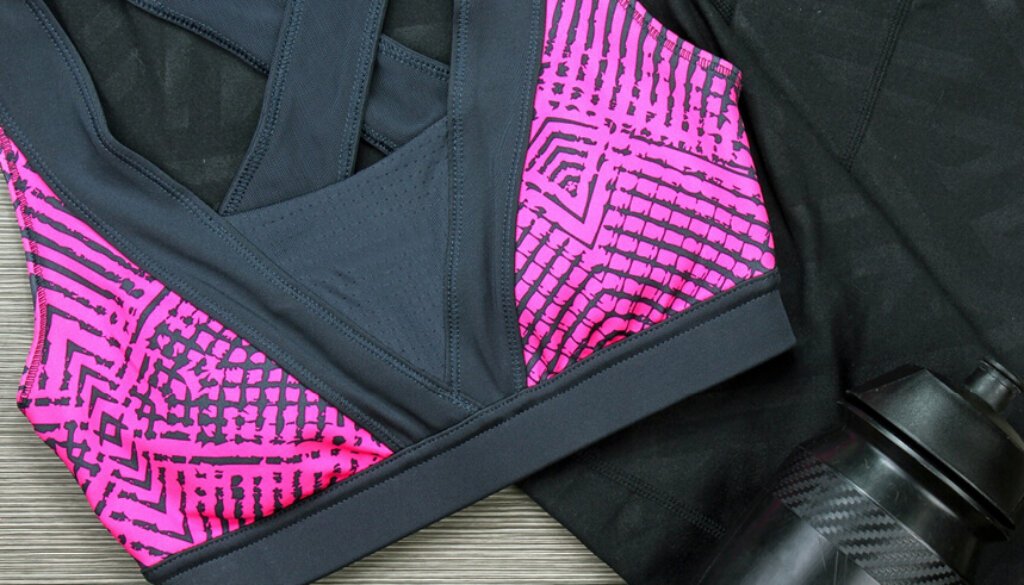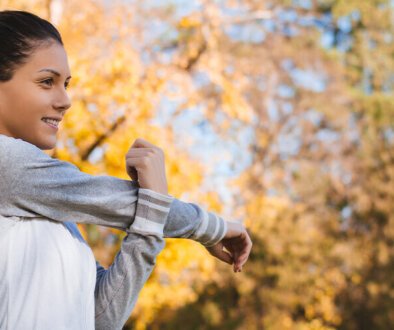4 Tips for Choosing the Perfect Sports Bra
Inquire among a group of busy, multitasking women about their primary barriers to exercise, and you’ll likely encounter the familiar challenges of time constraints, low energy levels, and motivation struggles. However, there’s another often overlooked yet prevalent stumbling block—exercise-induced breast discomfort—that is sometimes regarded as embarrassing and not frequently discussed.

Why is choosing a suitable sports bra important?
According to a survey, a staggering 56% of respondents reported experiencing exercise-related breast pain. Given that breasts lack bone and muscle structure, insufficient support during physical activity can result in tissue damage and skin laxity. Regrettably, women facing breast cancer diagnoses also contend with discomfort from poorly fitting bras, hindering their ability to reap the therapeutic benefits of exercise.
Fortunately, advancements in sports bra design and fitting techniques have transformed the landscape from the days of restrictive, corset-like garments. Many companies now prioritise innovation, offering a range of styles and high-tech fabrics aimed at optimising both functionality and comfort. Whether or not you’ve encountered breast discomfort during exercise, these tips can guide you in selecting the ideal sports bra tailored to your needs and body type.
What things should you consider while buying a sports bra?
Fabric:
Sweating is an unavoidable consequence of a vigorous cardio workout. Opting for fabrics that excel in damp conditions can prevent uncomfortable situations like hot, clammy sensations and painful chafing or abrasions.
Tip: Keep an eye out for fabric descriptions on sports bra tags. Words such as lightweight, breathable, and moisture-wicking indicate materials that effectively manage moisture, ensuring comfort as your body temperature increases.
Fit:
Surprisingly, a study discovered that 75% of participants experienced at least one problem related to bra fit. Issues such as cups being too small, tight bands around the rib cage, and shoulder straps digging into the skin can make wearing a bra during a cardio session feel akin to donning a mediaeval corset.
Tip: Don’t tackle the fitting room solo! Many major department stores and lingerie retailers employ highly trained, empathetic sales associates who can assist you in finding the ideal fit and style.
Function:
Minimising breast motion is crucial for decreasing discomfort and lowering the risk of tissue damage during physical activity. Compression-style bras work by flattening and evenly distributing breast tissue across the chest wall, while encapsulation-style bras provide individual support to each breast, potentially offering greater stability. The choice often comes down to personal preference.
Tip: Breast cancer survivors undergoing reconstructive surgery may opt to wear a sports bra continuously for healing. However, many encounter challenges when donning or removing their bra. Pulling a sports bra over the head can be painful. Choosing one with a simple hook-and-eye front closure may prove to be a more comfortable option.
Fashion:
Embracing a fashion-forward sports bra at the gym can provide a significant boost to your body image. Feeling confident in your appearance can elevate self-confidence levels and foster greater consistency in your workout routine.






